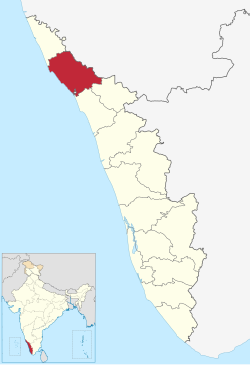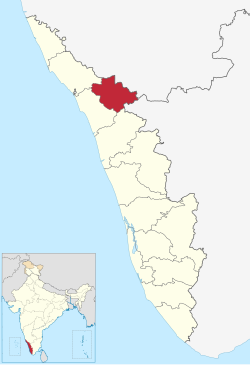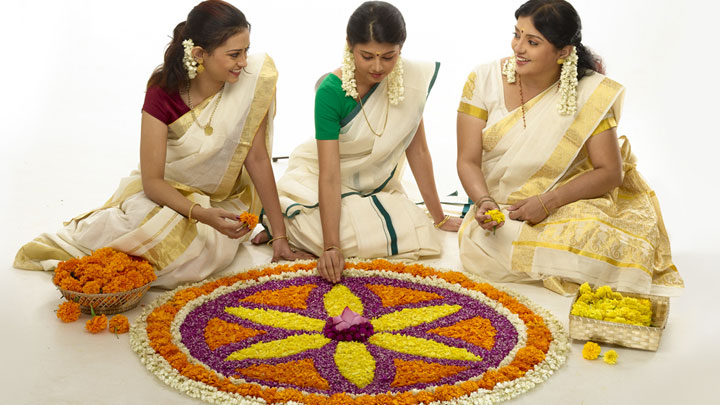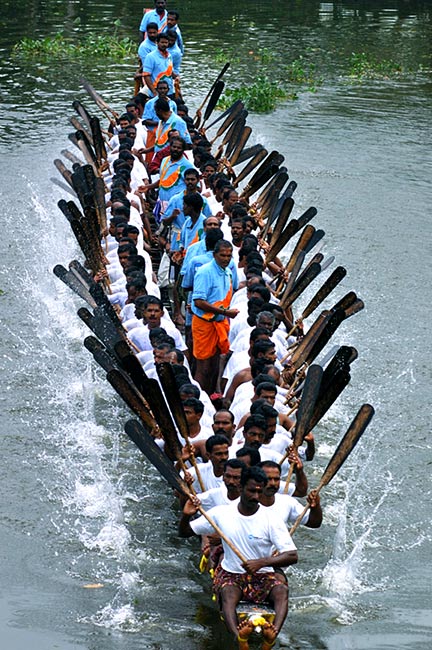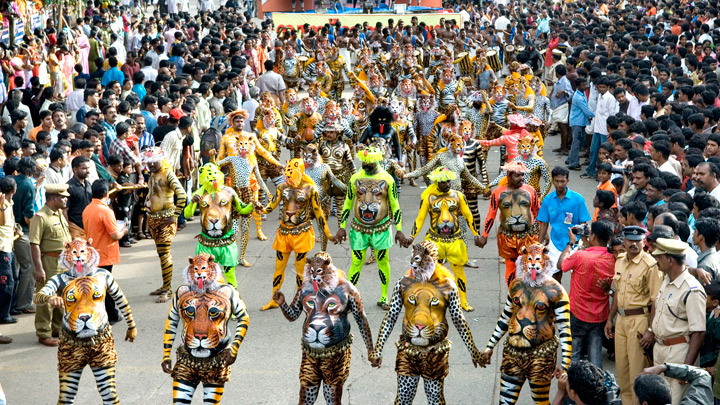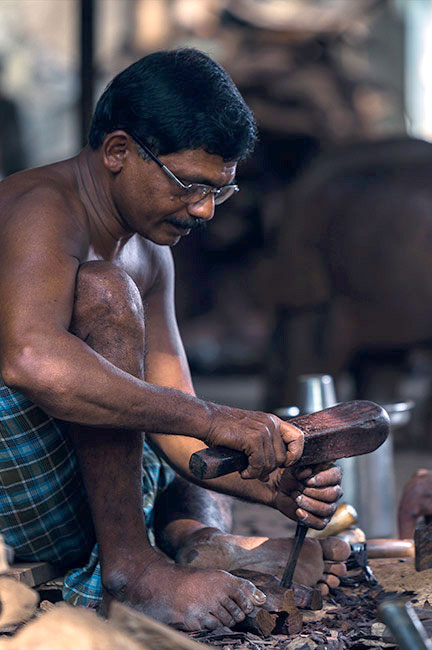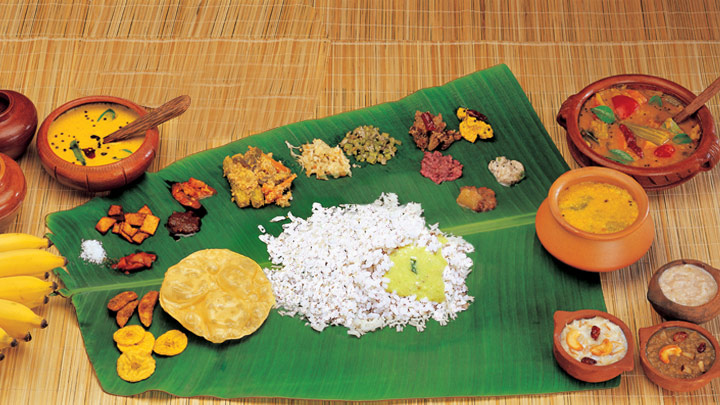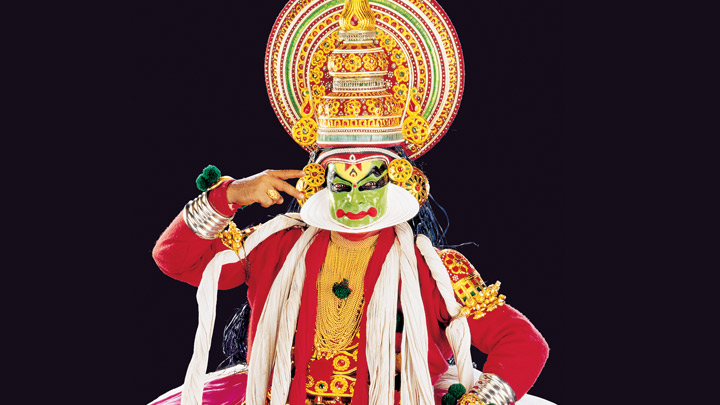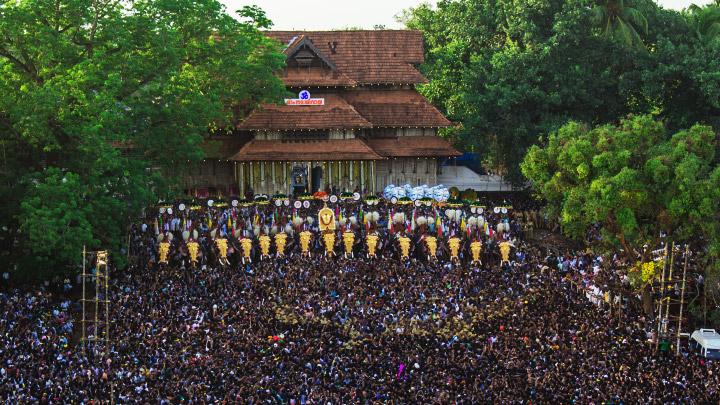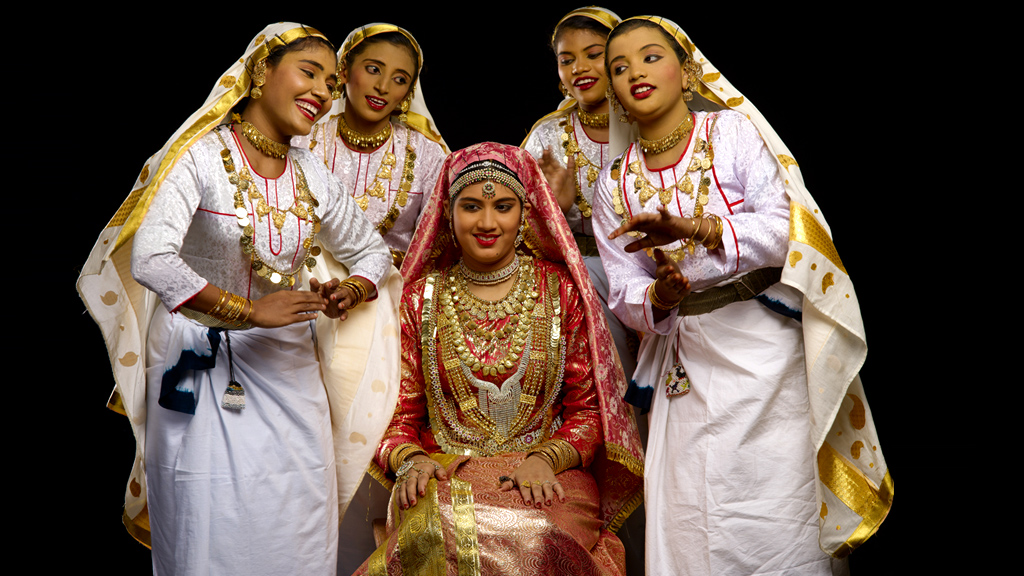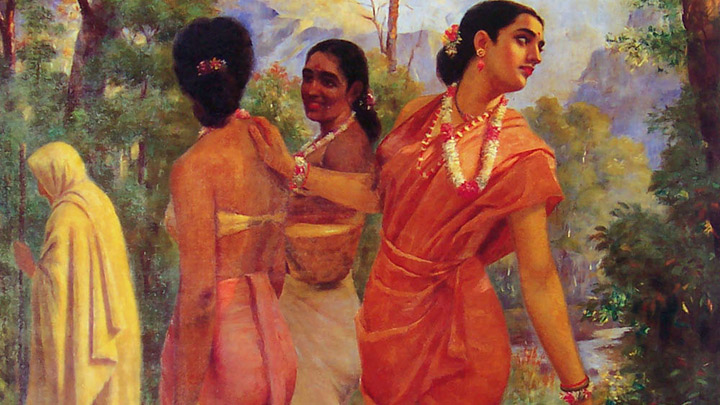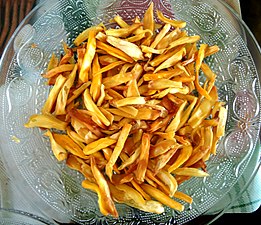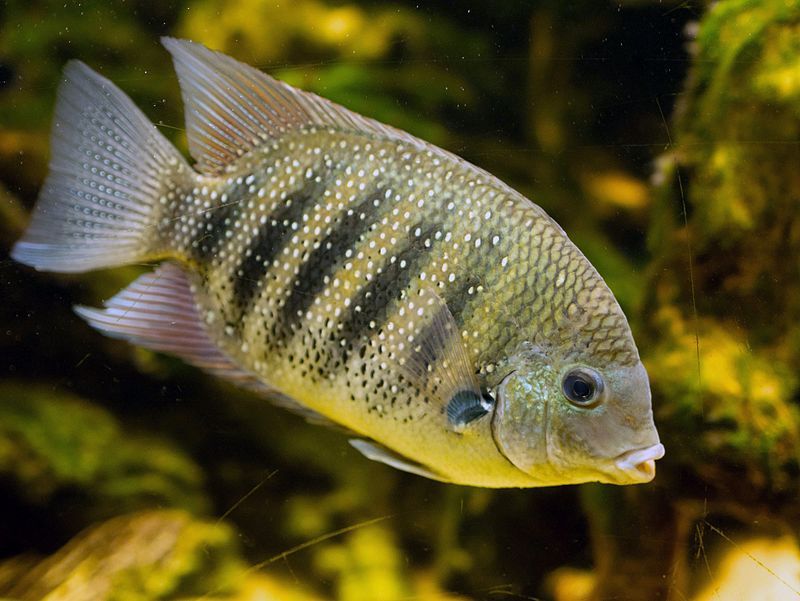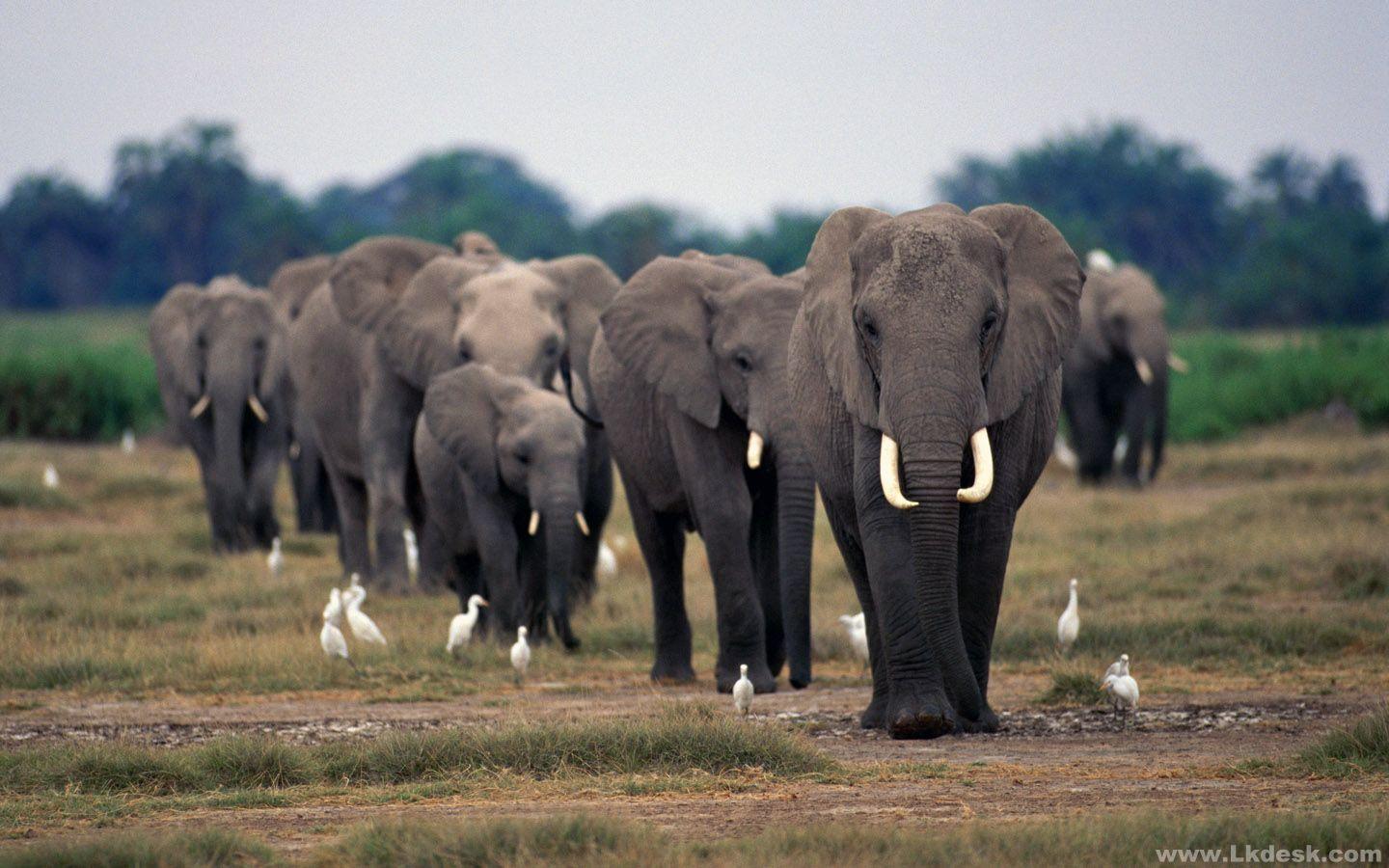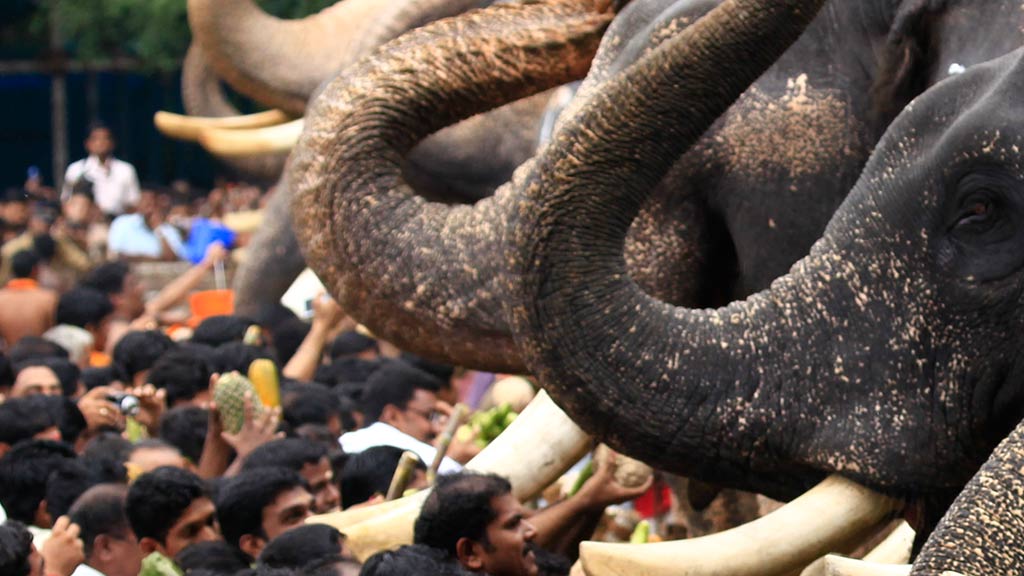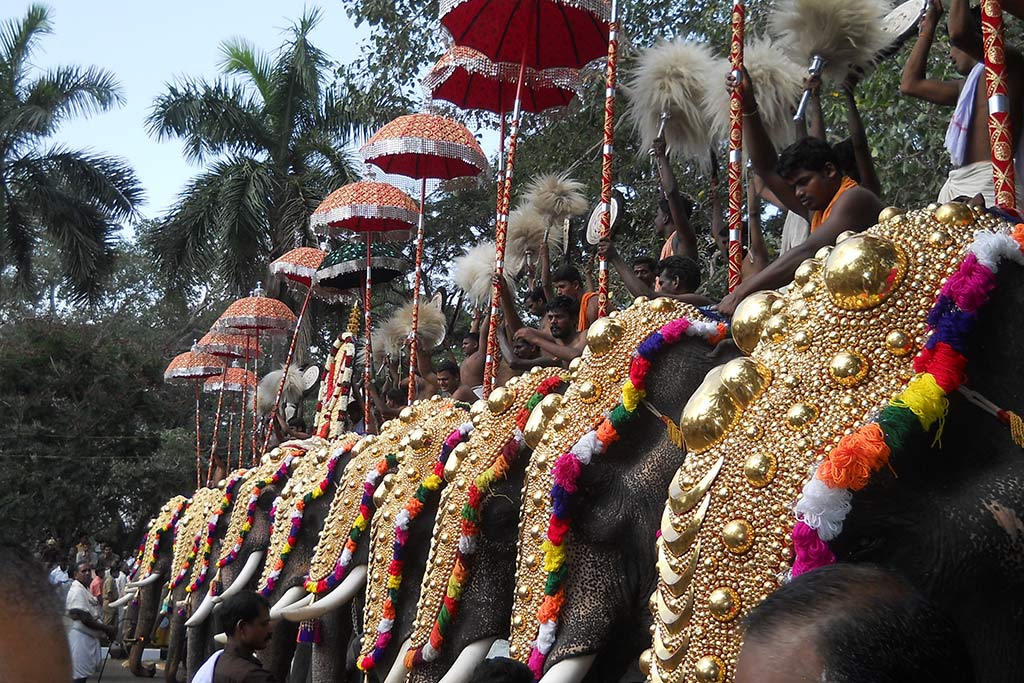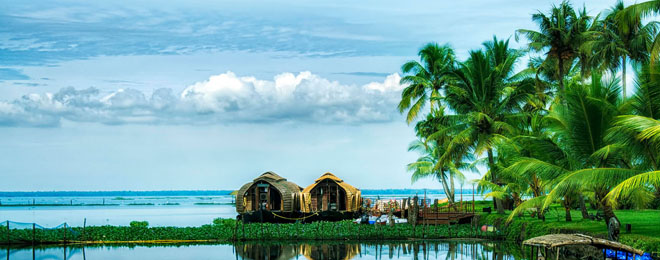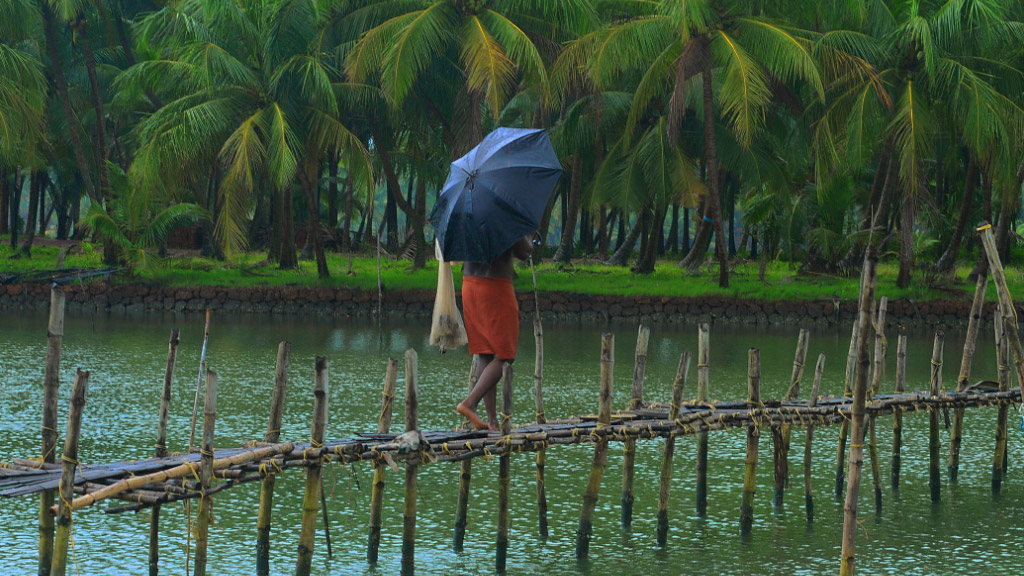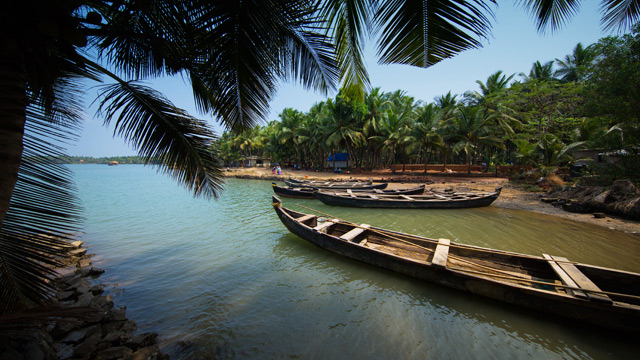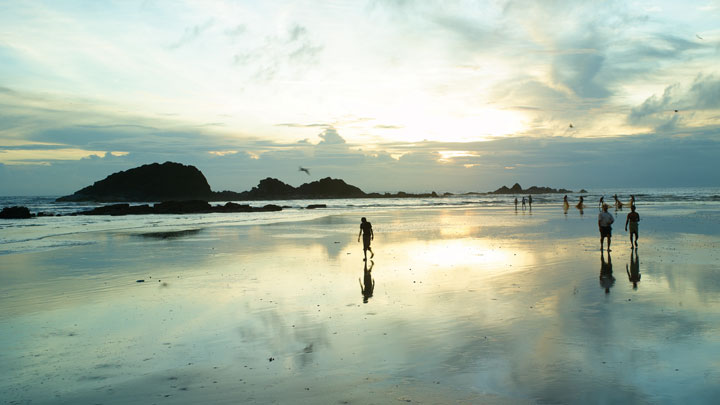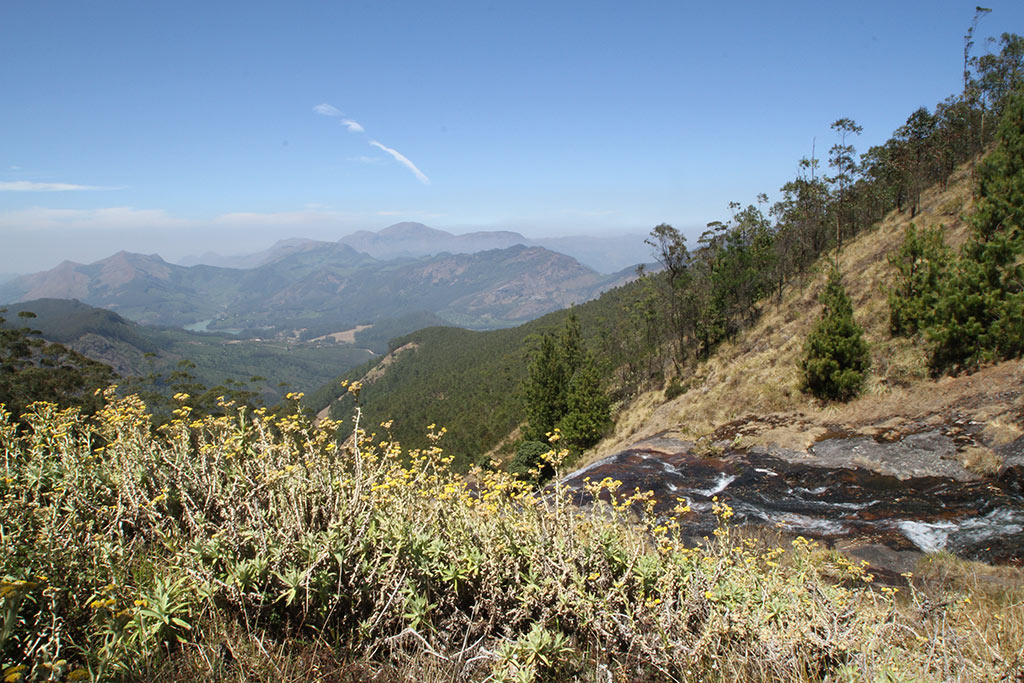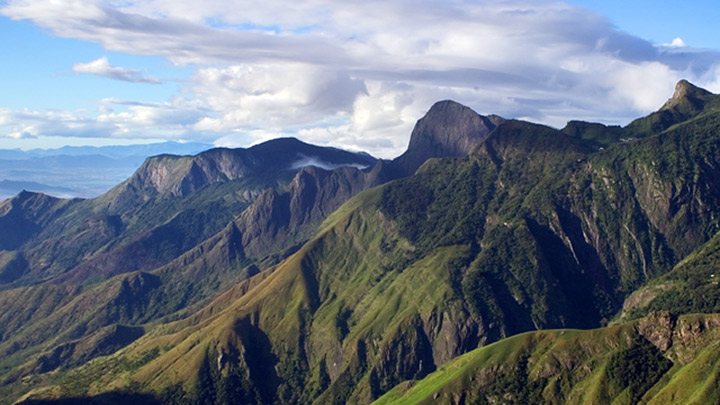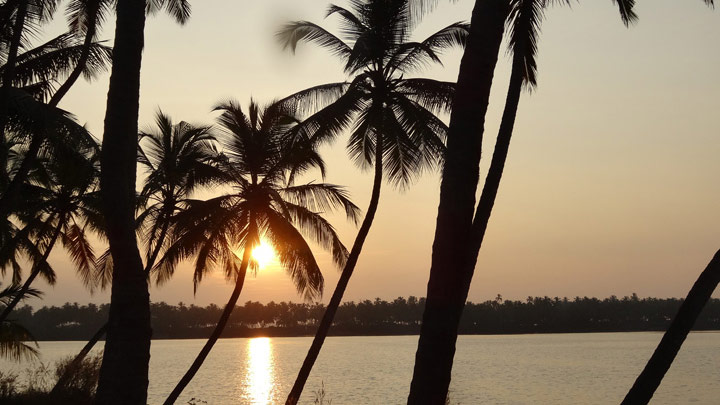ABOUT MY FAVORITE PLACE THROUGH THE MAGICAL LETTERS OF MALAYALAM.
ഞാൻ അറിഞ്ഞ
താമരശ്ശേരി ചുരം




കർണാടകയിലായിരുന്നപ്പോൾ മുതൽ എന്റെ ഏറ്റവും വലിയ ആഗ്രഹങ്ങളിൽ ഒന്നായിരുന്നു ഒരിക്കലെങ്കിലും അമ്മച്ചിയിലൂടെ ഞാൻ അറിഞ്ഞ ആ ദൃശ്യവിസ്മയമായ താമരശ്ശേരി ചുരത്തെ ഒന്ന് നേരിൽ കാണുകയെന്നുള്ളത്.
താമരശ്ശേരിക്കടുത്തു പശ്ചിമഘട്ട മലനിരകളാൽ ചുറ്റപ്പെട്ടൊരു സ്ഥലത്താണ് അമ്മച്ചിയുടെ വീട്.സൂര്യന്റെ മയക്കത്തിൽ ചുരത്തിലൂടെ പായുന്ന വണ്ടികളുടെ പ്രകാശകിരണങ്ങൾ അവിടേക്കു എത്തുന്നതെന്നെ എപ്പോഴും വിസ്മയിപ്പിച്ചിരുന്നു. മായകാഴ്ചകളിലൊഴുകി ജീവിച്ചുകൊണ്ടിരിക്കുമ്പോഴാണ് സ്വപ്നതുല്യമായ ആ ദിവസം എന്നെ എന്റെ ഹൃദയത്തിന്റെ ആഴങ്ങളിലെ മലയോടടുപ്പിച്ചത്.അങ്ങനെ ഞാൻ നേരിൽ കണ്ടു.... അറിഞ്ഞു....അനുഭവിച്ചു....ആ മഹാത്ഭുതത്തെ!!


അമ്മച്ചിയുടെ കഥകളിലെന്നപോലെ ആ ഇടയബാലൻ ബ്രിട്ടീഷ് മേധാവിക്ക് കാണിച്ചുകൊടുത്ത 14 kmറോളം വരുന്ന 9 വളവുകൾ. എന്നാൽ ഇന്നത് പാതയറിയാത്ത കാടല്ല.കോഴിക്കോടിനേയും വയനാടിനെയും തമ്മിൽ കോർത്തിണക്കുന്ന NH766 നാഷണൽ ഹൈവേയാണ്.കാനനദൃശ്യങ്ങൾകൊണ്ട് സമ്പുഷ്ടമായ ചുരം വിനോദ സഞ്ചാരികളുടെ പ്രധാന ആകർഷണ കേന്ദ്രമാണ്.
ദൃശ്യവിരുന്നുകൊണ്ടെന്നെ ആകർഷിച്ച ചുരത്തിന്റെ ഓരോ വളവും തനതായ ഭംഗിയും പാഠങ്ങളും സമ്മാനിച്ചു. അടിവാരത്തുനിന്നു ലക്കിടിയിലേക്ക് 9 ഹെയർ പിൻ വളവുകളിലൂടെ കുതിക്കുമ്പോൾ വലിയതെന്തോ എത്തിപ്പിടിക്കാൻ പോകുന്ന സന്തോഷമായിരുന്നു എന്നിൽ. 9 ാമത്തെ വളവെന്നെ ഏതോ ലോകത്തേക്കുതന്നെ കൂട്ടികൊണ്ടുപോയി. അവിടെനിന്നു താഴ്വാരത്തിന്റെ നിഗൂഢ രഹസ്യങ്ങളിലേക്കൊന്നു ഇറങ്ങിചെന്നപ്പോൾ ഭൂമിയുടെ ആഴങ്ങളിലെ സ്പന്ദനം മനസിലാക്കിയതുപോലെയുള്ള കൃതാർഥ്യം എന്നെ ആഹ്ലാദവും സന്തുഷ്ടതയും കൊണ്ട് നിറച്ചു. കണ്ണുകളിൽ നിന്ന് തട്ടി ചിതറിയ അത്ഭുതരശ്മികൾ എന്റെ ശിരസിനെ ആനന്ദത്തിന്റെ കുളിർകൊണ്ട് തണുപ്പിച്ചു.പിന്നിട്ട വഴികൾ പാമ്പിനെപോലിഴയുന്നതായി അനുഭവപെട്ട ഞെട്ടലിൽ കുരങ്ങന്മാരുടെ കണ്ണുകളിൽ വശ്യമായ വന്യതയും ഭീകരതയുമാണ് ഞാൻ കണ്ടത്. അവിടുത്തെ കാറ്റും,മണ്ണും,മരങ്ങളും,വഴിയുമെല്ലാം ഒരായിരം കഥകളെന്നോട് മന്ത്രിച്ചൂ. മലമുകളിലെ മരത്തിലെ ആ ചങ്ങലയുടെ മുഴക്കം ഇടയബാലന്റെ കഥ ഓർമിപ്പിച്ചുകൊണ്ട് അവിടെയെങ്ങും പ്രതിധ്വനിച്ചുകൊണ്ടിരുന്നു.തീപെട്ടികളെന്നപോലെ വണ്ടികൾ പാതയിലൂടെ തെന്നിമായുന്നതു ഞാൻ കണ്ടുനിന്നു.
സ്വർഗം ഭൂമിയിലേക്കിറങ്ങി വന്നതുപോലെ വിശ്വസിക്കാനാകാത്ത ഭൂസൗന്ദര്യത്തെ കൊത്തിയെടുത്ത ദൈവത്തിന്റെ കൈവിരുതിനെ വർണിച്ചുകൊണ്ട് അവിടെ നിന്ന് പോന്നെങ്കിലും അവിടുത്തെ കാറ്റിൽ ഞാൻ അറിയാതെ അലിഞ്ഞുചേർന്നിരുന്നു. ആ മാരുതൻ മന്ദസ്മിതത്തോടെ അമ്മച്ചിയുടെ വീടിന്റെ മുകളിലൂടെ സംതൃപ്തിയോടൊഴുകി നീങ്ങി......


